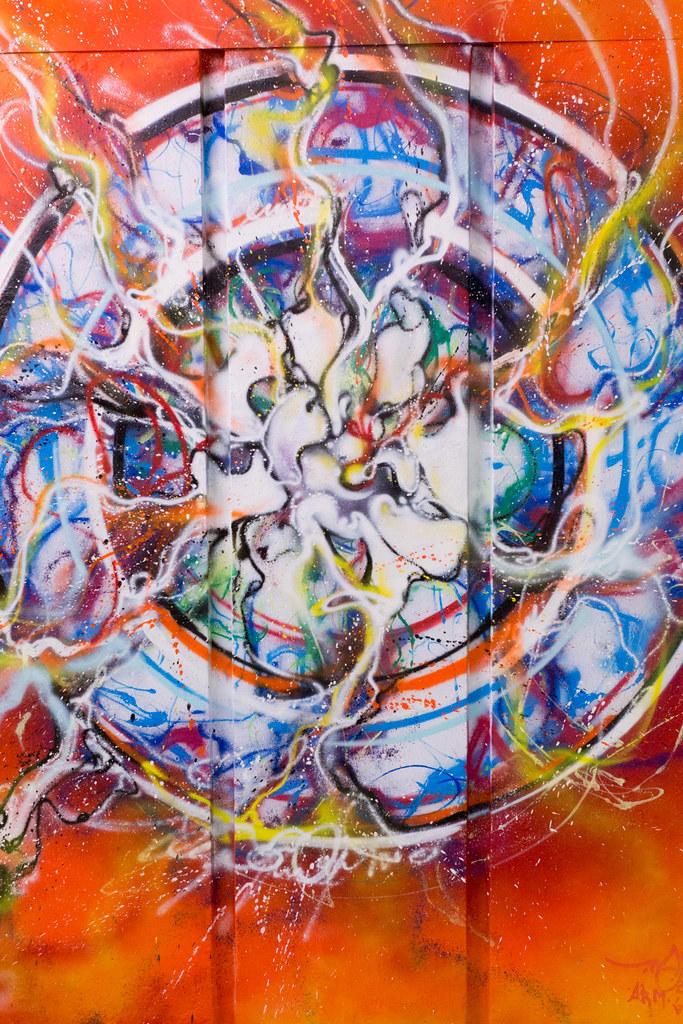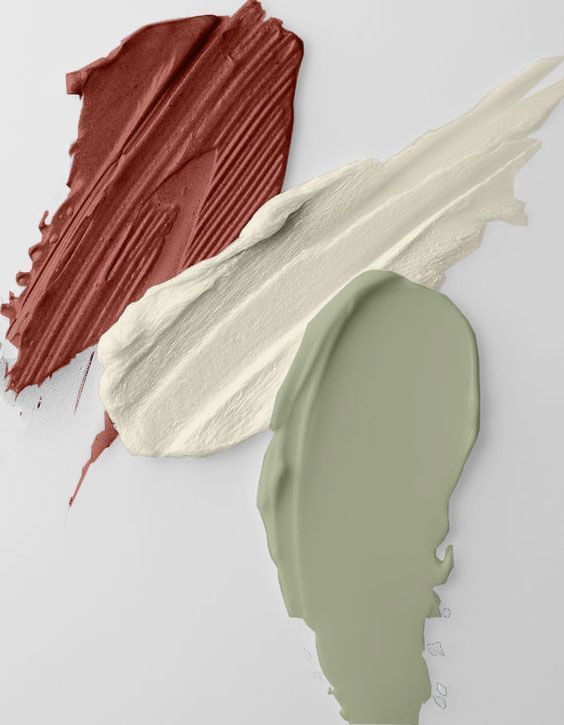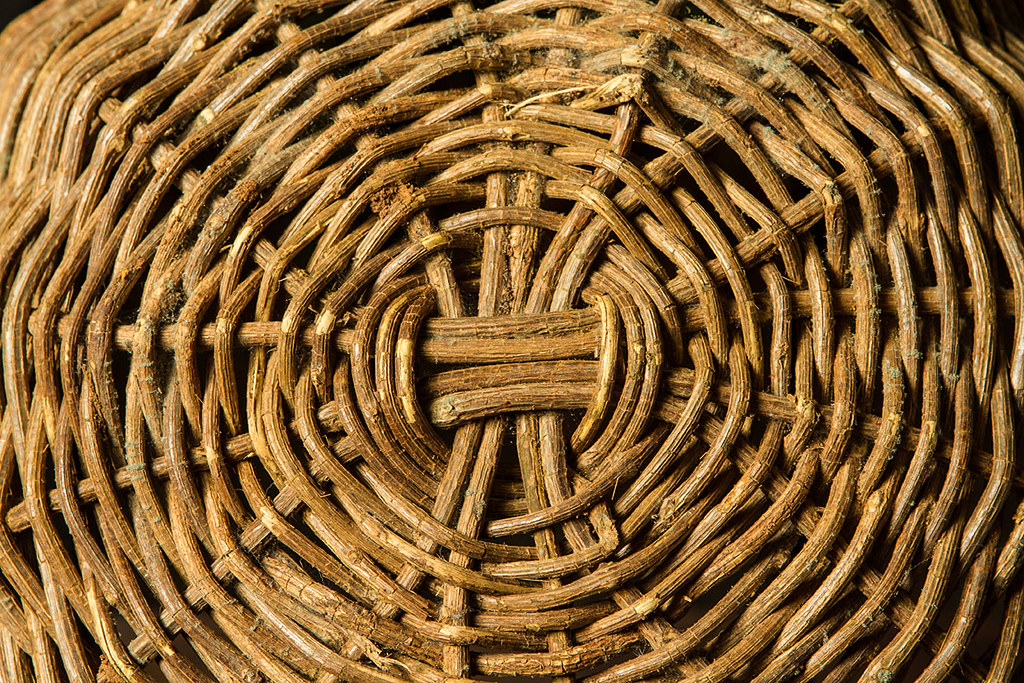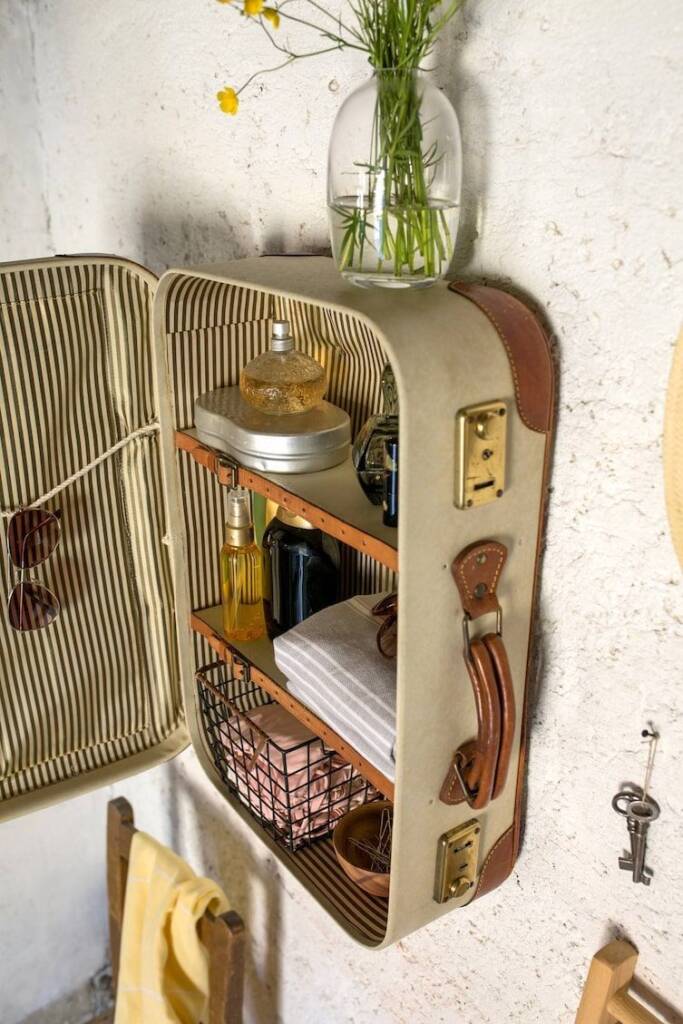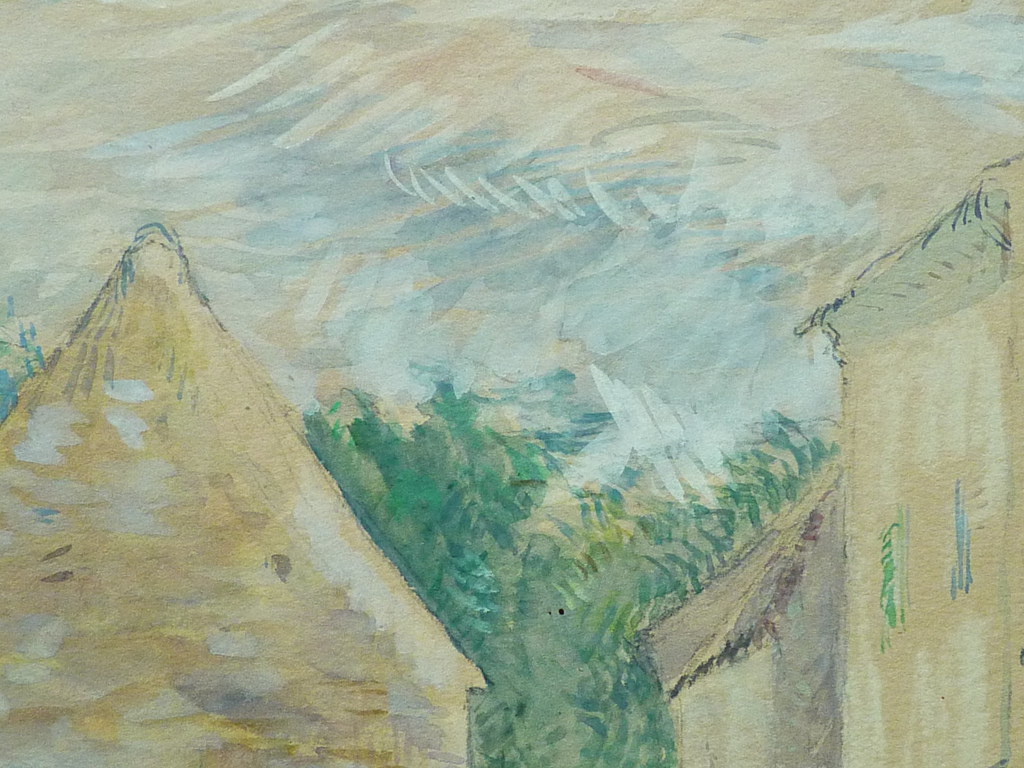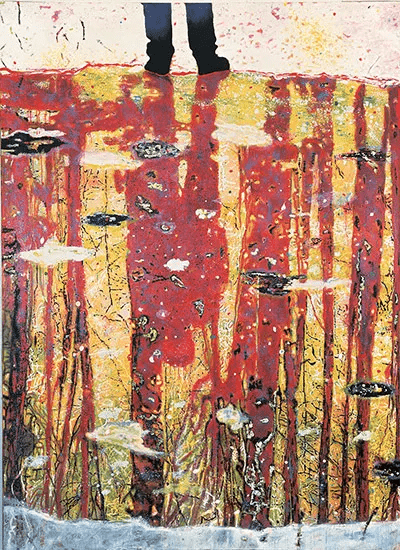
Coupe longitudinale. De nombreux poissons, comme ce guppy, sont dépourvus d’estomac : l’intestin (2) communique avec le pharynx (1) par l’intermédiaire d’un court œsophage
(losange orange). L’épithélium pluristratifié pavimenteux œsophagien est remplacé, de façon abrupte par un épithélium simple de type intestinal. Sur la gauche, on observe une large portion hépatique (avec une multitude de vacuoles incolores correspondant au glycogène et aux lipides dissous) ainsi qu’une partie du sinus veineux (3 – érythrocytes en orange).
– Pour plus de détails ou précisions, voir « Atlas of Fish Histology » CRC Press, ou « Histologie illustrée du poisson » (QUAE) ou s’adresser à Franck Genten (fgenten@gmail.com)
———————————————————————————-
Longitudinal section. Many fish like this guppy are
stomachless : the intestine (2) directly connects to the pharynx (1) through a short esophagus (orange diamond). The stratified squamous epithelium lining the esophagus is replaced by a single epithelium of intestinal type. On the left, a large portion of hepatic tissue (white spotted – glycogen and lipids dissolved) and a part of the sinus venosus ( 3 – erythrocytes in orange) are found.
– For more information or details, see « Atlas of Fish Histology » CRC Press, or « Histologie illustrée du poisson » (QUAE) or contact Franck Genten (fgenten@gmail.com)
Foto veröffentlicht auf Flickr von by Franck Genten am 2015-02-26 14:35:14
Getagged: , poisson , fish , histology , histologie , trichrome Masson , Poecilia , Endler , guppy , oesophage , esophagus , intestin , intestine , sans estomac , stomachless , jonction , junction , biologie , biology , science , microscopie , microscopy , art visuel , art experiences



